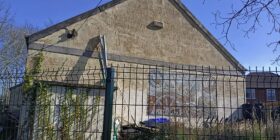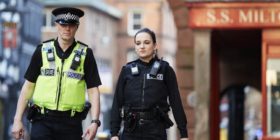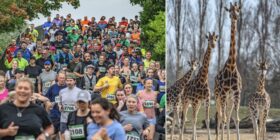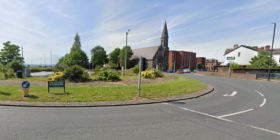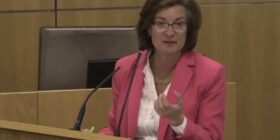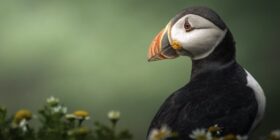Experts warn Curlew could disappear from Wales within next decade
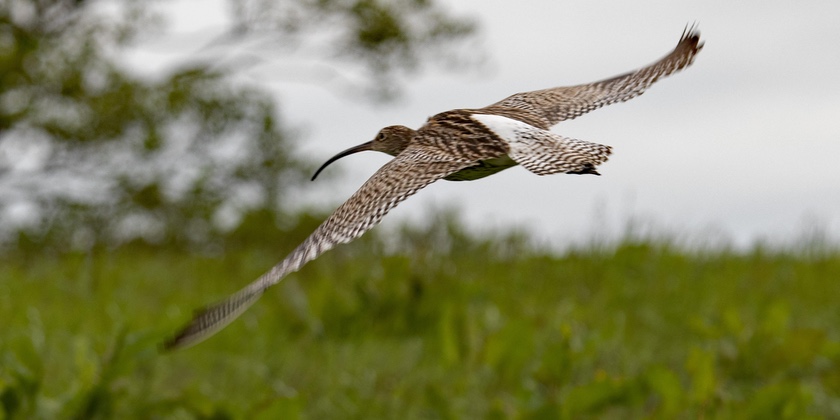
Wales’ curlew population is facing a critical decline, with experts predicting the bird could become extinct as a breeding species in the country within the next decade.
The dire warning was issued at “The Last Curlew” event, held on Tuesday, 8 October at the Senedd in Cardiff.
Organised by the Game and Wildlife Conservation Trust (GWCT) Cymru and supported by North Wales Conservative MS Mark Isherwood, the event sought to raise awareness of the curlew’s plight and rally support for its conservation.
Currently, curlew populations in Wales are plummeting at an alarming rate.
A 44% decline in breeding numbers was recorded between 2011 and 2021, largely due to habitat loss and rising predation.
Without intervention, curlews could vanish from Welsh landscapes entirely by 2033.
The bird, known for its haunting call and deep-rooted significance in Welsh folklore, is a symbol of the country’s natural heritage.
Mark Isherwood, Member of the Senedd for North Wales and Curlew Species Champion, spoke passionately at the event, calling for urgent action.
“Nature is in crisis across Wales,” he said, citing findings from the State of Nature 2019 report, which revealed that one in six species in Wales is under threat of extinction.
“At current levels of decline, curlews will be extinct as a breeding population in Wales by 2033 without intervention.”
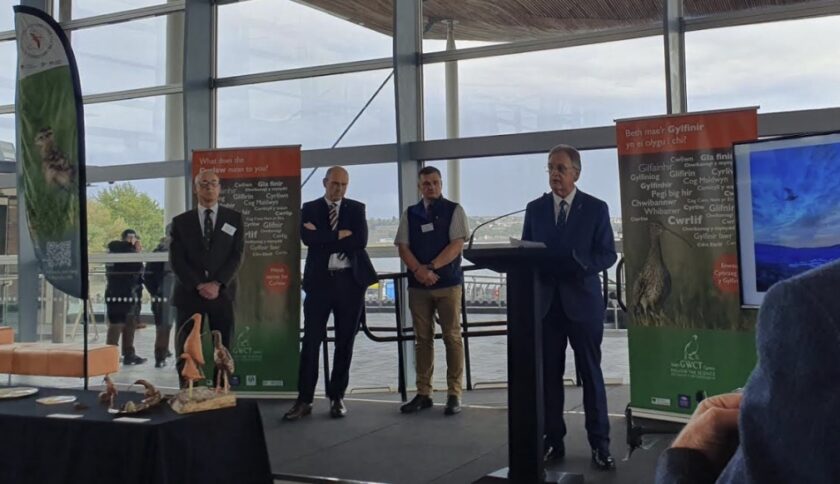
Mr Isherwood highlighted that the curlew’s decline mirrors a wider biodiversity crisis affecting much of Wales.
“Despite its stunning landscapes, wildlife in Wales is in serious decline. Curlew is considered the most pressing bird conservation priority in Wales and across the UK,” he added.
The event featured an exhibition of sculptures and artwork celebrating the curlew, alongside contributions from local artists and school groups.
A towering eight-foot willow curlew sculpture and a life-sized bronze rendition by artist Owen Williams stood as reminders of the bird’s importance to Welsh culture.
Lee Oliver, Director of GWCT Cymru, emphasised the need for collective action: “We all need to inspire people to take notice of this beautiful symbol of our land, and ensure it is there for generations to come.”
The GWCT is leading the “Curlew Connections” project in collaboration with the Clwydian Range, Dee Valley AONB, and Bannau Brycheiniog National Park to tackle the crisis through habitat restoration and public engagement.
The importance of the curlew extends beyond its ecological role, with deep cultural and historical ties to Wales.
St Beuno, regarded as the Patron Saint of Curlews, features prominently in Welsh lore, underscoring the bird’s place in the nation’s identity.
However, without drastic action, the sound of the curlew’s ethereal call may soon be lost.
“The time for talk is over. If we don’t act urgently and together, they will be gone,” Mr Isherwood concluded.
Spotted something? Got a story? Send a Facebook Message | A direct message on Twitter | Email: [email protected] Latest News
